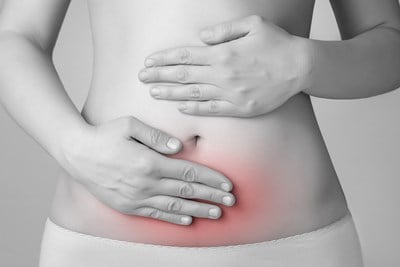Tracking your period should be an essential part of a woman’s health. Regardless of whether or not you’re sexually active, trying to have a baby, or trying not to get pregnant, keeping up with your menstrual cycle can tell you a lot of things about your body, from when menstrual cramps are going to hit to being prepared for ovulation. It’s simple, it’s fast, and and it’s helpful.
The two easiest ways are with a calendar or on an app for your phone. If using a calendar, just make a note of the first day of your period, the last day of your period, and any other important days. Most women have a 28 day (four week) cycle, but some women have more days between periods, while others have less. Day one is the first day of your period, generally lasting three to seven days. Usually at day 14, ovulation (the fertile time) occurs.
After a few months of keeping track, you can begin to predict when your period will start and end, when you’re most fertile, and when to expect cramps, cravings, and PMS. Using an app makes it even easier—for most phone applications, you simply input your first and last day, and it will tell you when to expect your period or how late you are.
Have more questions? See more answers from Alot.



